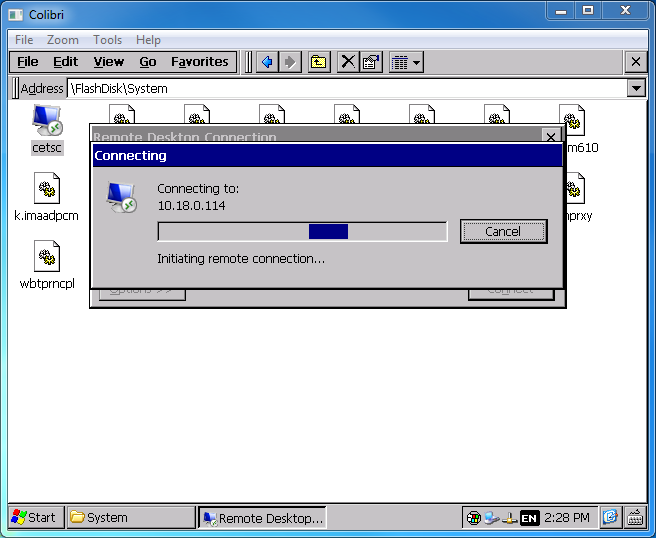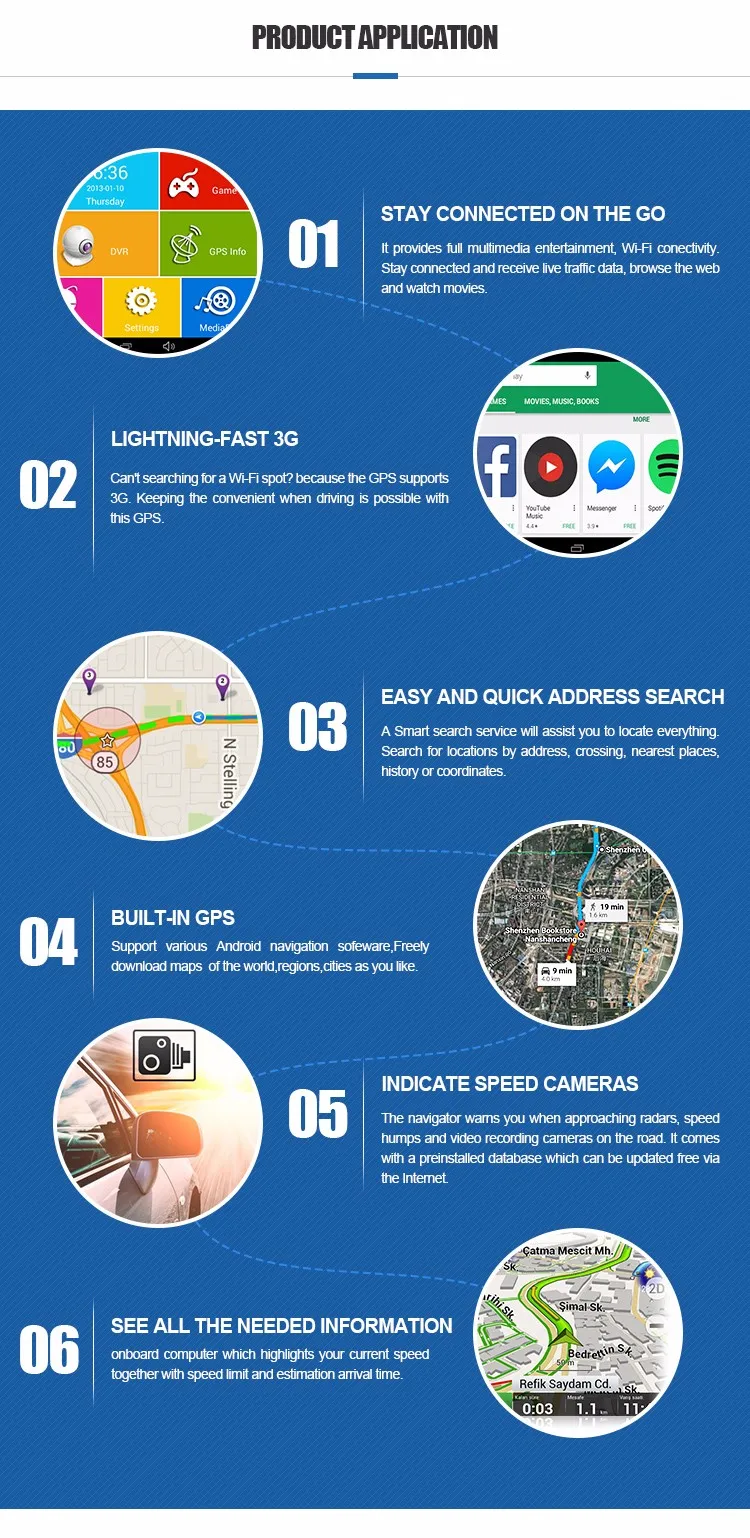

- #Windows ce 6.0 navigation software serial
- #Windows ce 6.0 navigation software full
- #Windows ce 6.0 navigation software portable
- #Windows ce 6.0 navigation software Pc
- #Windows ce 6.0 navigation software series
It covers over 24 major releases, with many confusing interchangeable or interlocking brand-names, including all of the following (and more):
#Windows ce 6.0 navigation software full
Trying to grasp the full lineage of Windows CE and its offshoots is a dizzying prospect. Even the Windows Phone 7, released in 2010, was still based on Windows CE 6.0.
#Windows ce 6.0 navigation software Pc
Rather, it favored names like the Pocket PC 2000 (April 2000) and Windows Mobile 2003, which were still based on the Windows CE kernel. In fact, after a few years, Microsoft stopped highlighting the Windows CE brand on its consumer products. The HP iPaq rx1955 Pocket PC (2007) ran Windows Mobile 5.0. These Pocket PCs initially ran Windows CE 2.11, which later morphed into the operating system for smartphones and much more. What started as a simple operating system for pocket-size computers in 1996 soon branched out into a PDA operating system for “Pocket PC” devices. This iteration was well-received by both consumers and the press. Microsoft continued to improve CE over time, with a dramatic leap in capability from 1.0 to 2.x that included support for larger color screens and better networking.
#Windows ce 6.0 navigation software series
A loyal fan base soon emerged, especially for HP’s highly regarded series of palmtop PCs. The press wasn’t particularly enamored with Windows CE 1.0 devices, but still, few critics considered them flops. The HP 320LX (1997), a popular HPC running Windows CE 1.0. to ship with Windows CE were the NEC MobilePro 200, the Compaq PC Companion (a rebranded version of the Casio Cassiopeia A-10, also available at the time), and the LG Electronics HPC.Īll three devices retailed for around $650 (about $1,063 in today’s money). According to BYTE magazine’s January 1997 issue, the first devices in the U.S. Windows CE 1.0 officially launched on Nov. Also, unlike most PDAs at the time, Microsoft intended Windows CE to be usable with a full QWERTY keyboard. It had to run well on several processor architectures, including SH3, MIPS, and later, ARM. The design goal of Pegasus was to provide a capable, 32-bit multitasking, multi-thread pocket version of Windows. It was developed in 1995 by a team that included members of earlier Microsoft mobile OS projects, such as WinPad.

Windows CE originated from one such project, code-named Pegasus. So, Microsoft began experimenting with potential solutions, including a brand-new operating system that would work on low-power CPUs. However, the Intel x86 processors required to run desktop versions of Windows were too power hungry for a pocket-sized device. Most PDAs were battery-powered, pocket-size devices with touch-screen stylus interfaces, and RAM or flash-based storage.Īs with any emerging computer trend, Microsoft wanted the be in on the action. In the early 1990s, a new class of computers began to take shape: the personal digital assistant (PDA). According to a 1998 Los Angeles Business Journal article, Microsoft opted for a more nebulous definition, stating, “CE doesn’t represent a single concept, but rather implies a number of Windows CE design precepts, including ‘Compact, Connectable, Compatible, and Companion.'” In the end, “CE” just means “CE.” The Origins of Windows CE Some have speculated that the “CE” in “Windows CE” initially stood for “Consumer Electronics” or “Compact Edition,” but those interpretations were never officially recognized by Microsoft. Later, network-based syncing was possible as well.
#Windows ce 6.0 navigation software serial
People could synchronize their files with desktop PCs running Windows using an RS-232 serial cable or infrared connection with a special peripheral. Most Windows CE installations also included pocket versions of Microsoft Office applications, including Word, Excel, and PowerPoint.
#Windows ce 6.0 navigation software portable
Windows CE came preinstalled as firmware on ROM chips built into portable devices from dozens of vendors, including Compaq, NEC, Hewlett-Packard, LG, and more. RELATED: Windows 95 Turns 25: When Windows Went Mainstream It also retained a user-friendly graphical user interface (GUI) similar to Windows 95, complete with the Start menu, and even a built-in version of Solitaire. Windows CE’s design emphasized low power usage, compatibility with flash memory storage, and relatively low memory requirements.

A Windows HandHeld PC 2000 desktop, based on Windows CE 3.0. It couldn’t run programs designed for Windows 95 or Windows NT. As a result, Windows CE represented an entirely different platform from its desktop OS cousins.

Windows CE was necessary because full desktop versions of Windows, then tied mostly to the Intel x86 CPU architecture, weren’t practical to run on the pocket-sized devices of the time.


 0 kommentar(er)
0 kommentar(er)
